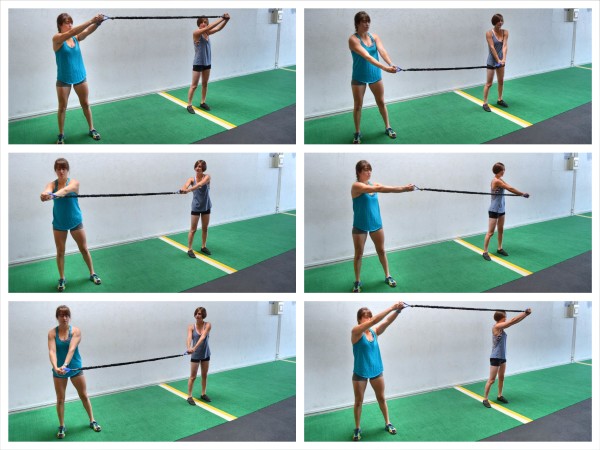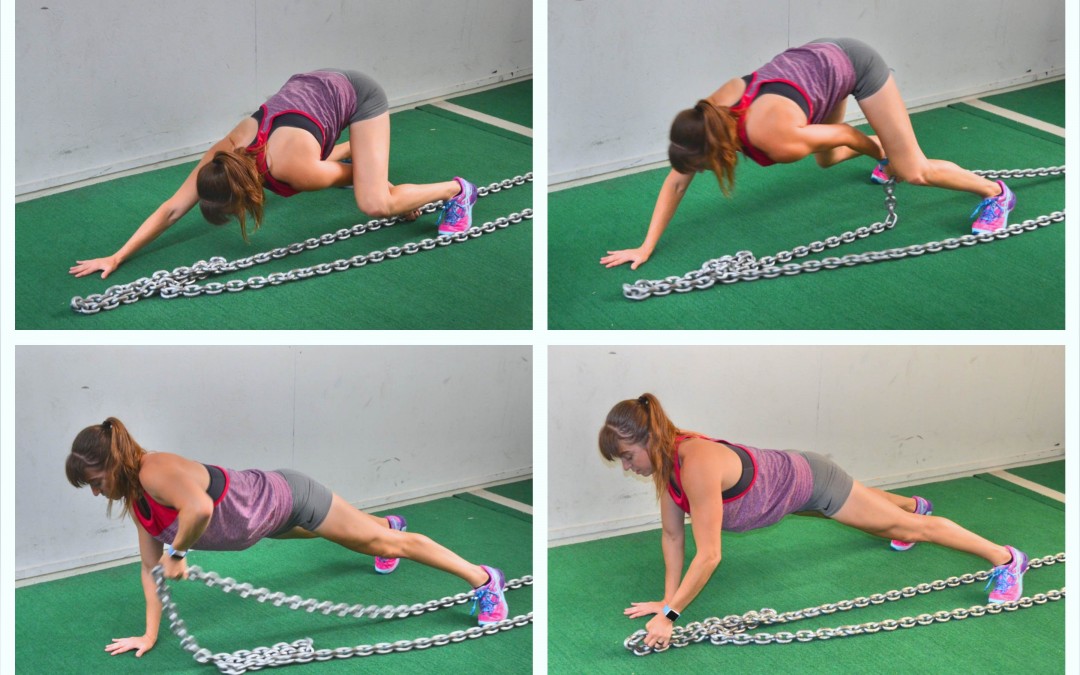
by Cori Lefkowith | Dec 13, 2013
WARM UP Stretch and Roll Out: Calves Hamstrings Quads Groin Hips/Glutes Back/Lats Chest/Shoulders Wrist/Forearms WORKOUT Complete 3-5 rounds of the circuit below. Rest for 30 seconds and 1 minute between rounds. Rest up to 2 minutes between the circuit and...

by Cori Lefkowith | Dec 13, 2013
This content is for members only

by Cori Lefkowith | Dec 12, 2013
This content is for members only

by Cori Lefkowith | Dec 6, 2013
This content is for members only

by Cori Lefkowith | Dec 6, 2013
This content is for members only










